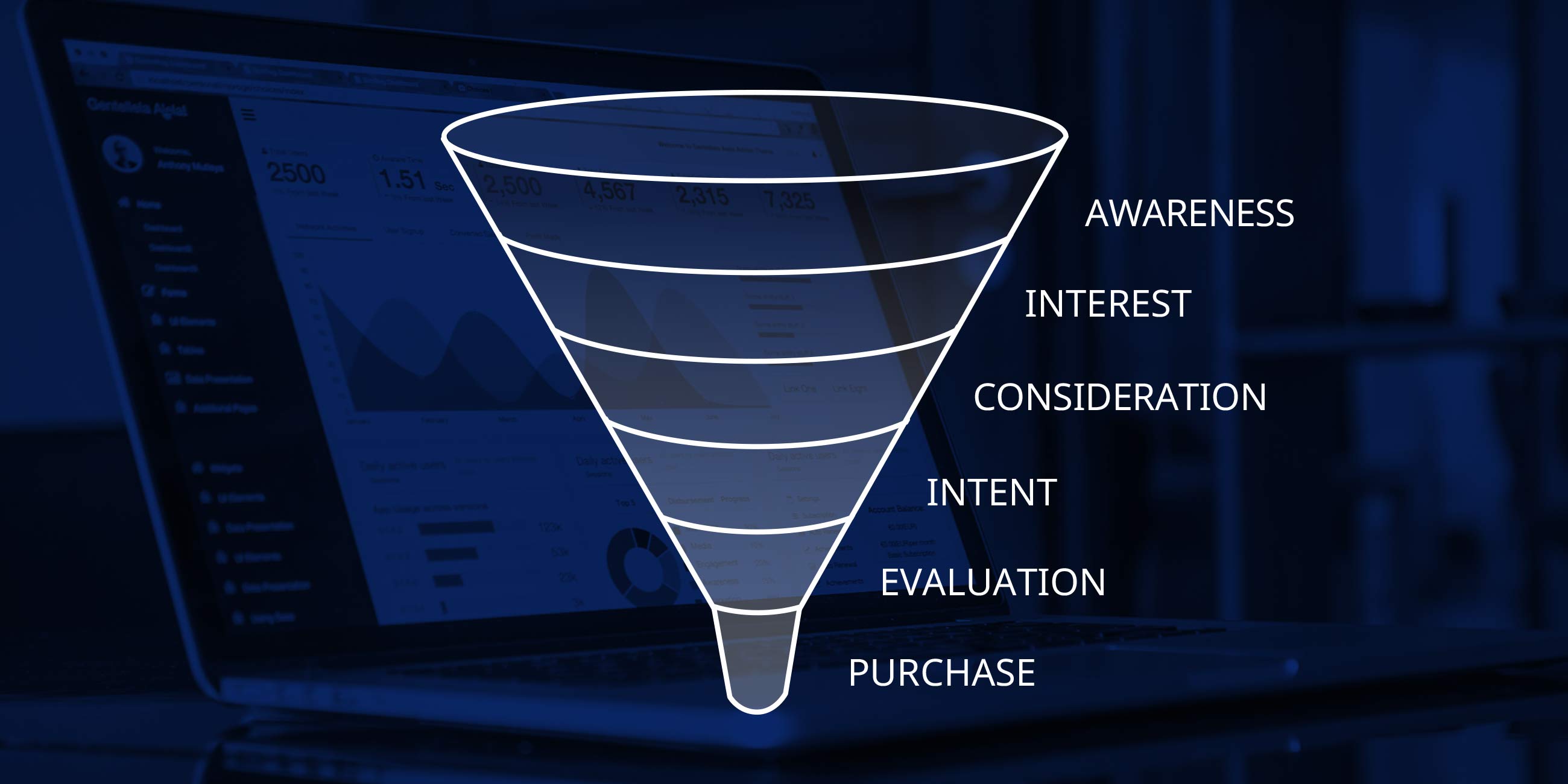Lead generation stands as a cornerstone of success for growing your business. Webinars have surged recently as an effective form for generating high-quality leads and driving engagement with potential customers. When effectively implemented, a webinar marketing strategy will inform, educate, and inspire attendees to take action. Discover how to generate leads using webinars and how this powerful strategy can fit into your marketing mix and propel your business growth.
Types of Webinars to Generate Leads
Webinars for lead generation can be classified into three primary categories, each offering unique attributes and advantages. By understanding these classifications, businesses can strategically plan and execute webinars that align with their lead-generation goals and effectively engage their target audience.
Live Webinars
Live webinars offer real-time interaction, making them potent tools for active engagement. They are particularly effective for immediate feedback, Q&A sessions, and fostering a sense of community among participants. This format is ideal for product demonstrations, workshops, and topical discussions where audience participation adds value.
On-Demand Webinars
On-demand webinars are pre-recorded sessions accessible immediately upon registration. They provide the convenience of flexibility, allowing leads to view the content at their own pace while still experiencing interactive elements. Marketers can program polls, featured actions, and handouts to trigger at precise moments during the webinar, thus replicating a live experience. According to Banzai, makers of Demio, on-demand webinars are the most popular format on their platform and earn higher focus rates of 86% over live webinars earning 74%.
Automated Webinars
Automated webinars blend the benefits of live and on-demand formats. They are pre-recorded webinars scheduled for a specific date and time, with the unique feature of joining live to interact with attendees via chat. Like on-demand webinars, automated webinars can also feature scheduled interactive polls, featured actions, and handouts, delivering a semi-live experience that’s both engaging and convenient.

The Power of Marketing with Webinars
Webinars are an excellent lead-gen tool. They boost brand credibility and demonstrate industry thought leadership. By offering valuable content in an engaging format, webinars facilitate dynamic interaction and direct communication with prospects.
Build Trust and Credibility with Prospects
Your webinar can cultivate a sense of trust and authenticity, positioning your brand as a reputable source in your field.
Generate Higher Quality Leads
Engagement metrics from webinars typically indicate a greater interest in your offerings, signaling potential leads further down the sales funnel and closer to a purchase decision.
Showcase Your Expertise
Demonstrate your thought leadership and subject matter expertise in a compelling, educational format with all formats of webinars.
Enable Personalized Experiences
Webinars break down communication barriers, allowing for real-time interaction. This personalized approach lays the foundation for deeper connections with your audience.
Provide Repurposable Content
Maximize your marketing ROI by transforming your webinar recording into various content pieces. Webinar content can easily be repurposed into blog posts, white papers, and social media content, enhancing the overall content marketing strategy.
8 Reasons Why Webinars are Effective Content Marketing
Businesses must adapt to evolving consumer behaviors and preferences. Leveraging webinars for lead generation emerges as an essential strategy in this dynamic marketing landscape. Webinars are a highly effective form of content marketing for many reasons. They provide value to prospects, nurture leads with personalized interaction, and boost brand credibility in the digital space. Utilizing webinars as part of your marketing mix can help you reach and engage with a wider audience while driving conversions and ultimately growing your business.
1. Webinars Educate Prospects and Improve Demand Generation
Webinars offer a platform to introduce your brand to new prospects and educate potential clients about products or services, helping nurture your prospects through the buyer’s journey. Acting as an influential form of content marketing webinars support demand generation to build greater awareness of your company’s products or services.
2. Companies Achieve Higher Profile of Thought Leadership
Webinars serve as a powerful platform for businesses to demonstrate their thought leadership and subject matter authority, effectively nurturing leads and stimulating market demand.
3. Cost-Effective Scale Compared to Live Events
Compared to in-person events, webinars enable companies to reach and engage a large audience at a relatively low cost, with the ability to scale more easily and cost-effectively. When combined with a live-event strategy, webinars support and amplify your efforts.
4. Marketing Extends to a Wider Reach
Webinars transcend geographic limitations, and automated and on-demand webinars provide 24-7 access, allowing companies to engage with a wider audience and more points in their buyer’s journey.
5. Webinar Content Provides Long-Term Value
Recorded webinars continue to generate leads long after a live event, as new viewers discover and view the on-demand content.
6. Marketing Supports Sales with CRM Integration
By integrating your webinar platform with your CRM, the data collected from webinar attendance and engagement analytics provides valuable insights into the interests and priorities of potential leads.
7. Strengthened Brand Positioning
Regular webinar events can help a company consistently stay in front of its target audience, reinforcing brand positioning and values.
8. Enhanced Search Engine Optimization (SEO)
Webinars have a significant impact on SEO. They broaden and deepen an organization’s content portfolio while engaging potential leads and existing clients with in-depth explorations of relevant topics, driving more organic traffic and providing opportunities for valuable backlinks.
Improve Your Lead Generation with Webinars
By effectively leveraging webinars as part of your inbound marketing strategy for lead generation, organizations are equipped not only to broaden their reach but to connect meaningfully with their audience, laying the groundwork for sustained business growth. Webinars are more than a broadcasting tool; they are an invitation to engage in a value-rich dialogue, positioning your brand as an industry vanguard.





